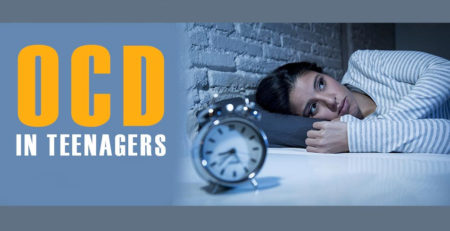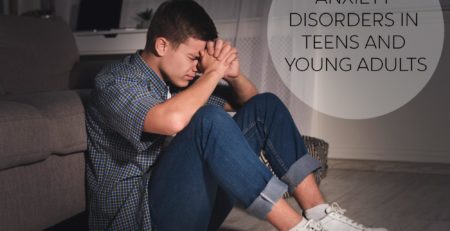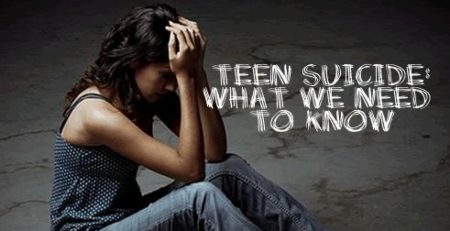The Symptoms and Treatment of OCD in Adolescents
Obsessive Compulsive Disorder (OCD) is a common mental health disorder that can severely interfere with the day-to-day life of adolescents. It typically manifests through intrusive thoughts or compulsions, such as repetitive behaviors or rituals, that interfere with everyday activities. Adolescents need to understand their symptoms and seek treatment if they are experiencing OCD. Let’s look at the various signs and treatments available for this condition.
Common Symptoms of OCD in Adolescents
The symptoms of OCD manifest differently depending on the individual, but there are some common signs to be aware of. Some typical symptoms include feeling overwhelmed by intrusive thoughts, engaging in ritualistic behaviors, such as counting or handwashing, having difficulty concentrating due to worrying, avoiding particular objects or situations due to fear or anxiety, and feeling an overwhelming need to check in on things multiple times. These symptoms can significantly hinder daily life and should not be ignored.
Available Treatments for OCD
Fortunately, there are many effective treatments available for adolescents suffering from OCD. Cognitive behavioral therapy (CBT) is a famous talk therapy used to treat this condition. CBT helps individuals identify harmful thought patterns and replace them with healthier ones that can help them cope with their disorder more effectively. A doctor can also prescribe medications to help reduce symptoms and make it easier for individuals to manage their condition. In addition to these more traditional forms of treatment, other approaches, such as mindfulness meditation and yoga, may also be beneficial in helping adolescents manage their disorders more effectively.
Adolescence can be an incredibly tumultuous time in life, and it’s not surprising that teens often develop quirks as they try to cope. While these idiosyncrasies are usually just a harmless display of individuality, in some cases, they can indicate a severe mental health issue – obsessive-compulsive disorder (OCD). People with OCD experience chronic and distressing thoughts, feelings, and behaviors which can interfere with their everyday lives if left untreated. In its worst form, the disorder can severely affect the person’s functioning. Thankfully, help is available for those who suffer from OCD; through therapy and medication, people can effectively manage their symptoms and lead more meaningful lives.
Being a parent is never easy, and it can feel incredibly challenging when it comes to managing your teen’s behavior. It is tricky to figure out which behaviors are typical for their age and which may indicate a bigger problem. Fortunately, help is available if you believe your teenager has Obsessive Compulsive Disorder (OCD). Recognizing the signs and understanding what steps to take can be the first step in supporting your child through this challenging time. This guide won’t have all the answers to help you tackle this issue, but it’s designed to give you valuable insight that will ensure that you are well-equipped to identify the symptoms of OCD and know where to turn for assistance.
Statistics and facts about teen OCD:
Prevalence of Teen OCD
OCD affects approximately 1 in 100 teens, or 1%. It is equally common in boys and girls.
Onset of Teen OCD
The average age of onset for OCD is 10-12 years old, with 25% of cases beginning in childhood and 75% starting in adolescence.
Risk Factors for Teen OCD
Several risk factors may increase the likelihood of a teen developing OCD, including family history, anxiety disorders, and certain personality traits.
Symptoms of Teen OCD
The symptoms of OCD can vary depending on the individual but typically include obsessions (recurrent and unwanted thoughts) and compulsions (repetitive behaviors or mental acts performed to relieve anxiety).
Treatment for Teen OCD
There are several effective treatments for OCD, including cognitive-behavioral therapy, medication, and exposure and response prevention therapy.
What Are Obsessions
Obsessions are a common symptom of having obsessive-compulsive disorder (OCD). It involves recurring and unfounded thoughts, worries, and phobias that often arise without warning. These obsessions can range from mild to severe, but in either case, they can cause extreme anxiety for teenagers with OCD. Teenagers with this mental disorder may obsessively worry about things going wrong or a particular task needing to be done in a specific manner, or their thoughts may take on more intrusive forms, such as vivid images or ideas that can be profoundly unsettling or even frightening. Ultimately, teen OCD can manifest differently from person to person, depending on the individual’s personality and particular triggers.
Common types of obsessions include:
1. Fear of contamination: This OCD obsession is characterized by a fear of becoming contaminated by germs or other substances. People with this type of OCD may obsessively wash their hands, clean their homes, or avoid touching people or objects they believe may be contaminated.
2. Fear of harming oneself or others: This OCD obsession is characterized by a fear of harming oneself or others. People with this type of OCD may obsessively check to ensure they have not broken someone or avoid activities they believe could be harmful.
3. Fear of losing control: This type of OCD obsession is characterized by a fear of losing control. People with this type of OCD may obsessively check things to make sure they are in order or avoid situations where they feel they might lose control.
4. Fear of making mistakes: This OCD obsession is characterized by a fear of making mistakes. People with this type of OCD may obsessively check things to make sure they are perfect or avoid situations where they feel they might make a mistake.
5. Fear of dirt and clutter: This OCD obsession is characterized by a fear of dirt and mess. People with this type of OCD may obsessively clean their homes or avoid situations where there is dirt or clutter.
6. Fear of being embarrassed: This type of OCD obsession is characterized by a fear of being embarrassed. People with this type of OCD may obsessively check things to make sure they are presentable, or they may avoid situations where they feel they might be embarrassed.
Obsessive-compulsive disorder (OCD) can be a devastating condition that causes extreme distress and anxiety. It is estimated that 1 in 40 adults and 1 in 100 children suffer from this disorder. To reduce their stress, those with OCD engage compulsively in certain behaviors such as excessive hand washing, organizing things in a particular order, or counting. For some, these compulsions take up so much of their time that they can’t be productive; however, the compulsive behaviors only temporarily relieve their obsessive thoughts. These rituals are not only ineffective for effectively dealing with OCD but also can create environmental consequences and strain relationships with friends, family, and colleagues. Fortunately, effective treatments are available for those struggling with obsessions and compulsions caused by OCD.
What Are Compulsions?
Compulsions are complicated, and even though they could be seen as everyday habits, if it took to the extreme, they can be a sign of OCD. It can range from something seemingly small, like having to check the stove many times before leaving the house or counting steps, to something more involved such as repeatedly cleaning until it’s done perfectly. People with OCD may have to do a specific action or say something during their compulsion. People with these symptoms must get help as soon as possible; getting help early can help them learn how to cope with their OCD in a manageable way and help lead to healthier habits in teens.
Common compulsions Include:
Checking
People with OCD often need to check things repeatedly, such as locks, stoves, and appliances. They may feel that something bad will happen if they do not check.
Counting
People with OCD may count certain objects or actions to ward off bad luck or misfortune. For example, they may count steps or crack tiles on the floor.
Arranging
Some people with OCD must arrange objects in a certain way or order. This may include aligning items perfectly or keeping them a certain distance apart.
Washing
People with OCD may wash their hands excessively or clean surfaces obsessively to remove germs and dirt.
Hoarding
Hoarding is a common compulsion associated with OCD. People with this disorder may need to save or collect items, even if they are of no use or value.
Repeating
People with OCD may find themselves repeating certain words, phrases, or actions over and over again. This may be done to ward off bad luck or keep something from happening.
Touching
Some people with OCD need to touch certain objects or people in a certain way or order. This may include tapping, patting, or rubbing objects.
OCD stands for Obsessive Compulsive Disorder and is characterized by having persistent thoughts or behaviors that interfere with a person’s ability to live normally in society. Checking and ordering are the two most common types of OCD and can be identified mainly because they cause tremendous distress in a person’s life, not just minor annoyance. Alongside this, compulsive hoarding used to be classified as a type of OCD but is now considered a separate disorder due to its unique features. Ultimately while it’s average for people to have preferences around tidiness and orderliness – like being a”neat freak” – it doesn’t necessarily mean your teen has OCD. When diagnosing a condition as serious as obsessive-compulsive disorder, it’s best to consult your doctor and mental health professional.
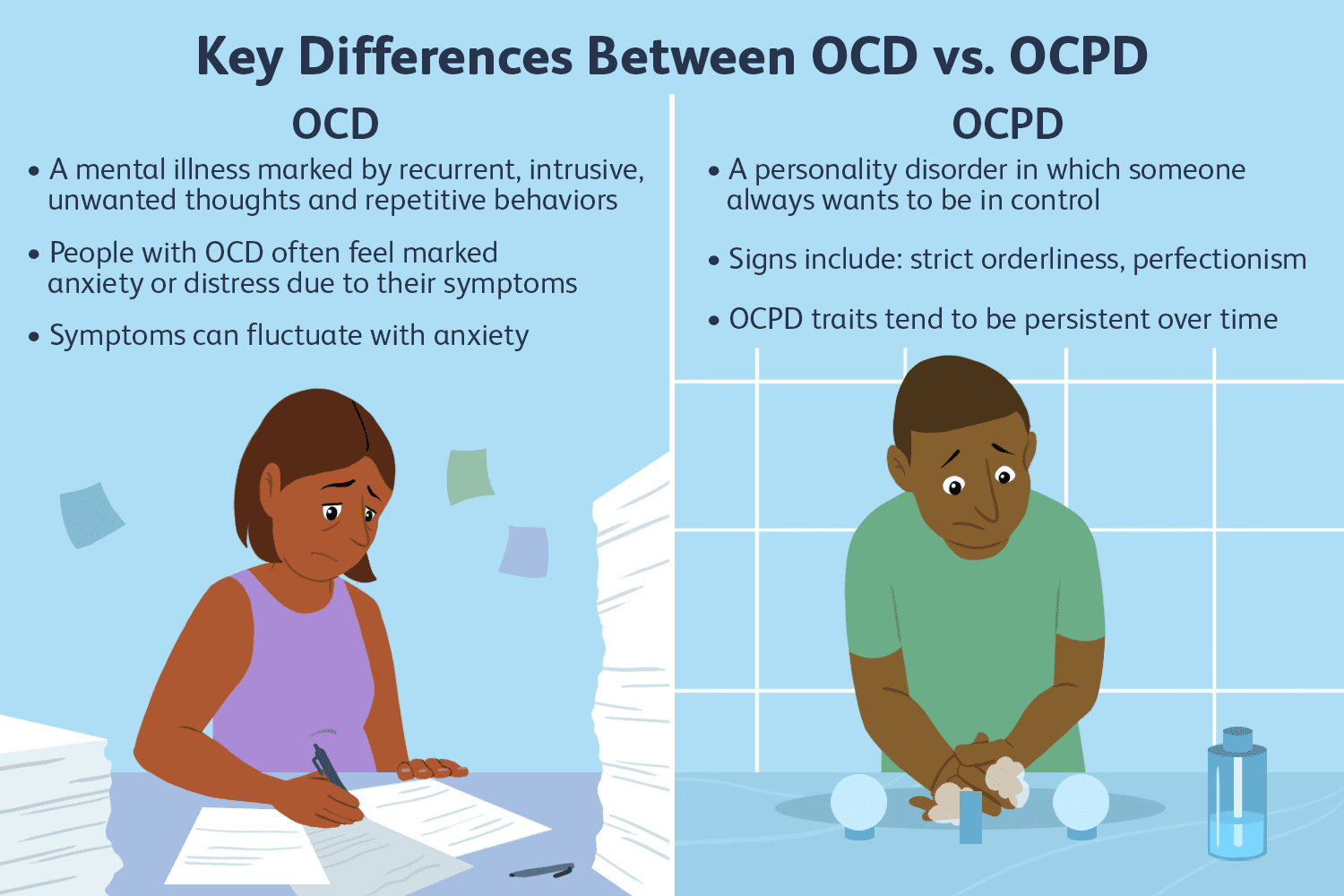
What Is It Like Living With OCD?
Living with OCD can be an emotionally and mentally exhausting experience. People with OCD may recognize that their thoughts or rituals don’t make sense, but they can’t stop them because of the fear that something terrible might happen. Over time, these rituals grow in complexity, leaving someone with OCD overwhelmed by the number of activities they must go through regularly. Not only does this take its toll on their mental health, but it also can interfere with other aspects of their life by taking up too much of their time.
OCD rituals can creep up in many activities that make up everyday life for people with Obsessive Compulsive Disorder. From their morning routine to finishing their commute, long-standing habits of regularity and order can be associated with OCD. If not taken seriously, lasting composure from the effects of OCD may disrupt a person’s daily life, as symptoms become harder to regulate or control in youth especially. Though everyone occasionally experiences the need for comfort or consistency, it’s essential to recognize when those feelings come from a more serious underlying disorder like OCD for timely, effective treatment interventions.
Looking for and Recognizing the Signs of OCD
It is essential to recognize the signs of OCD in your teen so that they can get the treatment they need. The classic symptoms of obsessive-compulsive disorder are repetitive behaviors such as repeatedly washing hands or arranging items in a particular pattern. Teens may also have difficulty managing intrusive thoughts about dreaded events or objects, such as contamination or harm. Additionally, some teens with OCD will suffer from anxiety and depression due to their obsessions and compulsions. If your teen is exhibiting signs of OCD, early intervention is critical. Find a doctor or mental health provider who specializes in treating teens with OCD and get them the help they need quickly to help reduce its impact on their life.
Signs of OCD in teens may include:
- Frequent irrational worries or fears (e.g., constantly worrying the front door isn’t locked even after it’s been checked)
- Complaints of having frequent disturbing thoughts and feeling they can’t control them
- Unusual or illogical behaviors that your teen can’t explain (e.g., washing already clean hands several times in a row or until the skin is raw)
- Becoming upset or anxious if something is out of order and needing to fix it right away
- Engaging in unusual rituals, such as turning around three times before walking out the door
- Compulsive behavior of any kind
- Difficulties focusing at school or while doing homework
- Constantly checking and re-checking something
- Frequent worry that something terrible is going to happen
- Difficulty making or keeping friends
- Getting upset or angry if they’re unable to engage in a compulsive behavior or if it’s interrupted before they’re finished
- Depressed mood or frequent anxiety
- Suicidal thoughts and behaviors
What Triggers OCD in a Teenager?
OCD in teens is a mental health issue with many triggers, with a family history of anxiety or OCD as one possible origin. Other factors include stressful and traumatic experiences and sometimes a streptococcal infection. Teens who develop OCD often exhibit obsessions and compulsions, which can appear between childhood and early adulthood. Residential treatment can be beneficial for helping teens learn to manage the symptoms of OCD in their day-to-day lives.
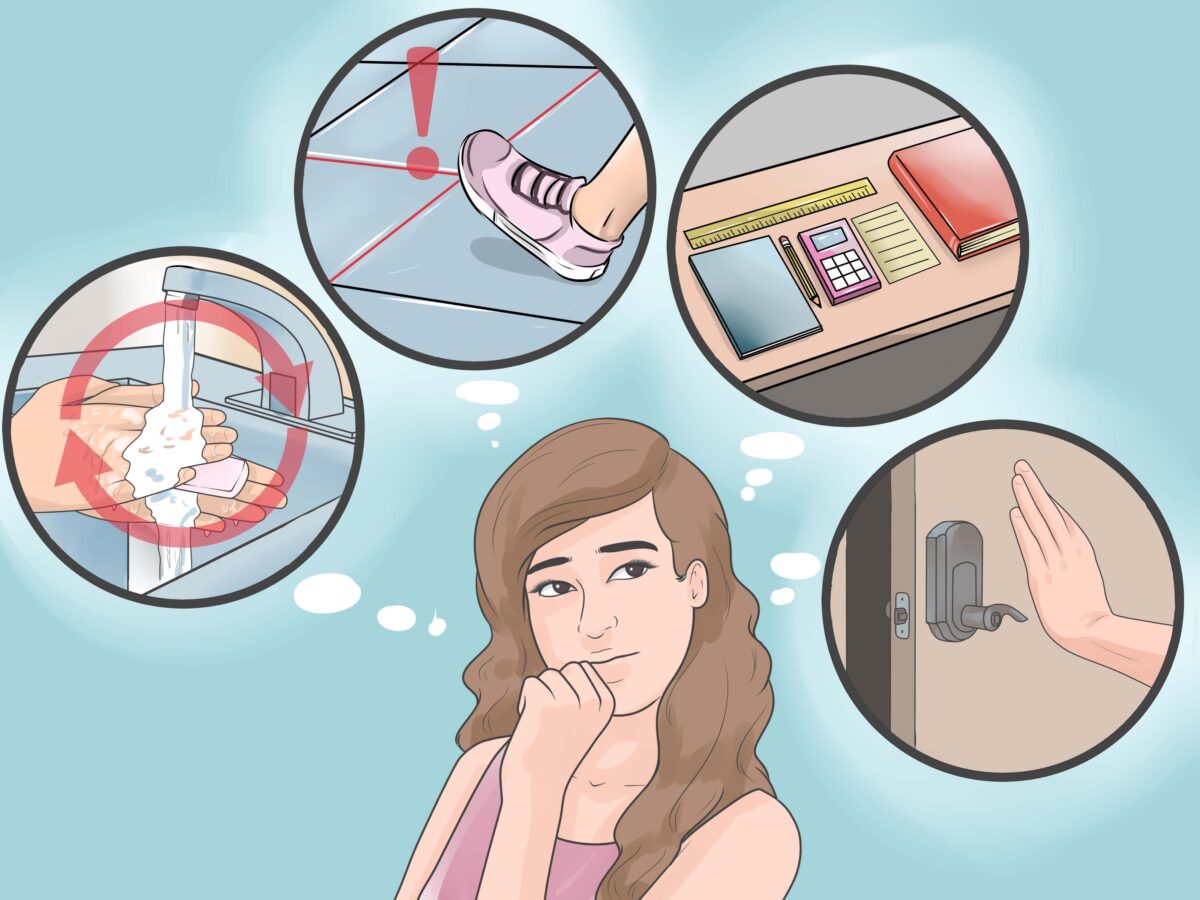
What to Do When Things Escalate
When things begin to take an emotional toll and seem to be escalating, it’s important to remember that you are not alone. If you or someone you know is dealing with OCD or another mental disorder, don’t hesitate to ask for professional help. Sometimes speaking openly about the challenges that come with these ailments can provide relief. While preventing further damage through self-harming behavior may seem like a solution, it comes with long-term risks. Instead of avoiding problems and masking pain, speak to a trusted person who can provide guidance and support when needed. And seek medical advice if working independently doesn’t seem like enough.
OCD can have a significant negative impact on an adolescent’s life if it is left untreated. It is essential for those suffering from this condition to understand the signs and symptoms to get the proper treatment they need as soon as possible. Luckily, many effective treatments are available for adolescents suffering from OCD, including cognitive behavioral therapy, medications, mindfulness meditation, and yoga. With the right combination of treatments, adolescents can learn to manage their condition more effectively and live happier lives free from intrusive thoughts or compulsions.






